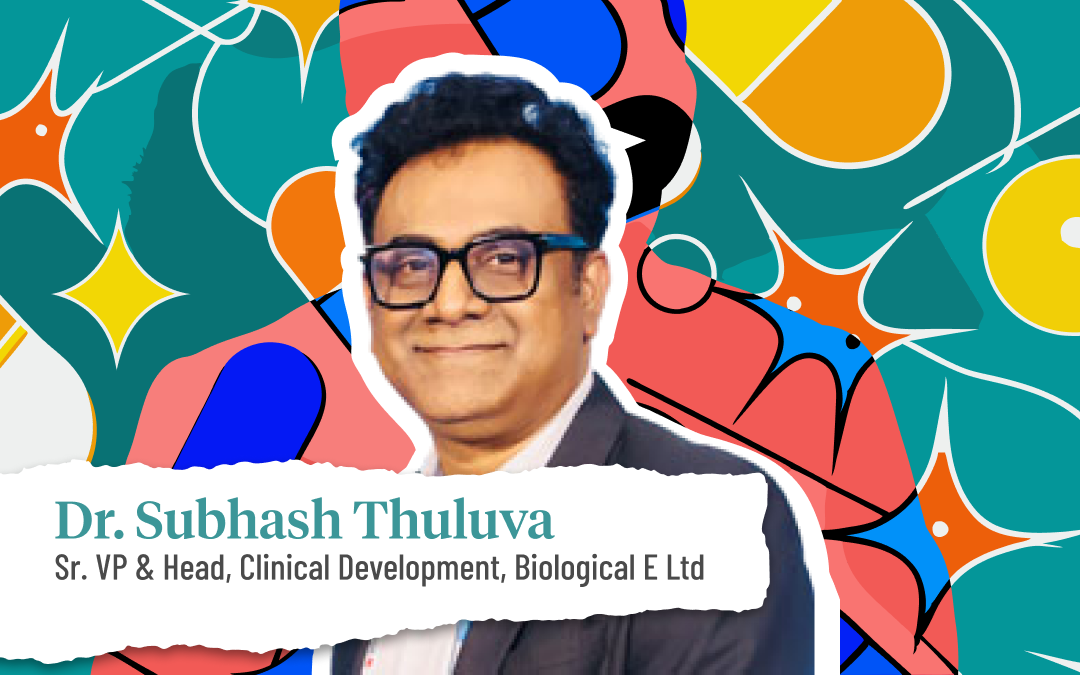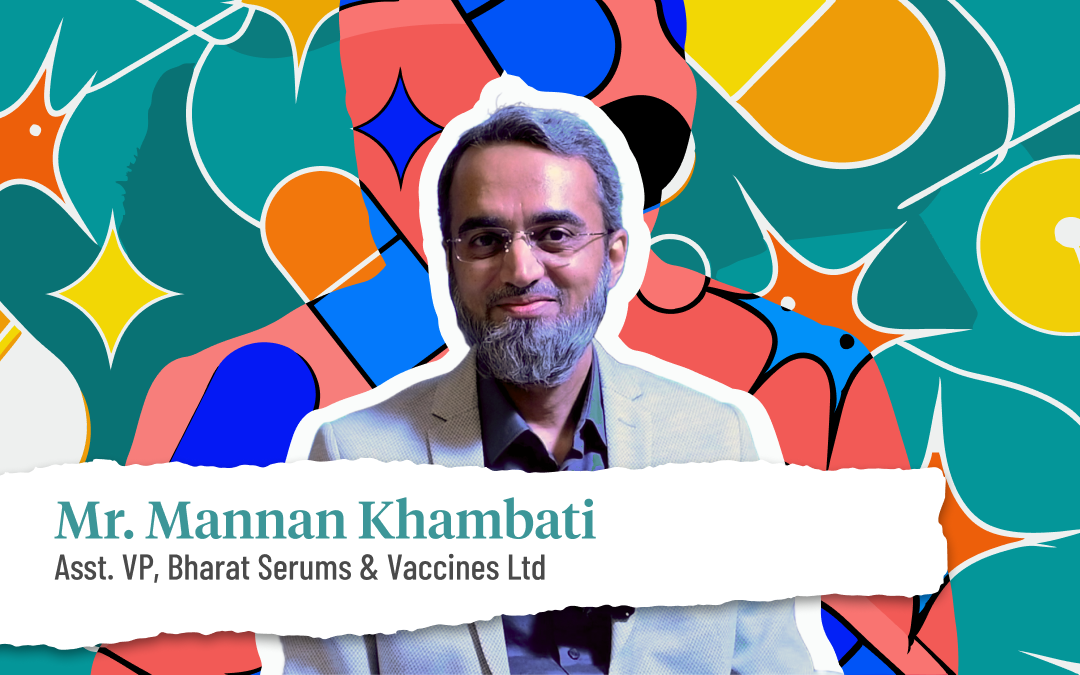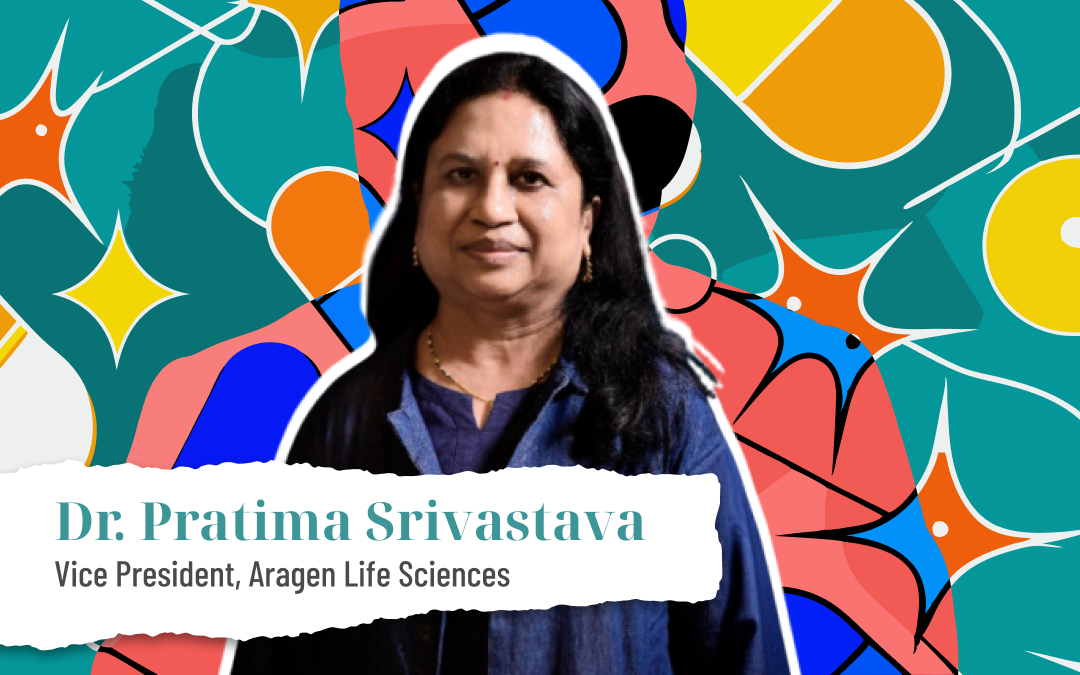QnA
Interview | August 1, 2025
Dr. Pankaj Gursahani, Ph.D., leads Sales Excellence at GSK India, where he oversees the performance and capabilities of approximately 2,500 sales professionals across the country. With nearly three decades of experience spanning learning & development, strategic planning, business consulting, and commercial operations, he is recognized as a pioneer in blending modern L&D with data-driven frameworks to elevate pharmaceutical sales effectiveness. His work with initiatives like the ASPIRE program—recognized with a Leadership Development Award—highlights his commitment to fostering innovation, continuous learning, and leadership at scale within GSK India’s field organization
Thank you.
Sure. People often use “L&D” as a general term, but in my role, it’s more specific. I focus on areas that build functional capabilities leading to commercial outcomes. Take selling skills, account management, or negotiation skills—these are tangible, measurable, and directly linked to business impact.
There is a behavioral component too, but the outcomes are commercial, which is why we refer to it as Commercial L&D or Business L&D. We also include areas like data analytics. My training team—and broadly, the L&D function—also trains people in these disciplines. We are quite different from traditional HR. HR does a phenomenal job in building talent pipelines, succession planning, and cultural transformation initiatives. We support those goals too, but our core focus is enabling business performance through functional capability building. That’s how I distinguish the two.
To some extent, yes. But let me clarify: every function, including HR, is expected to deliver outcomes. In our case, the linkage to business results is more direct. HR’s outputs include metrics like employee engagement, attrition, and retention—these are significant. But we share the same internal customer base. Our field force is also HR’s stakeholder, so it’s very much a complementary relationship.
Just to be clear, the views I’m sharing are personal and not representative of any current or previous organization. My designation is mentioned only for identification. Everything I say here is already available in the public domain. As for your question—yes, GSK’s field force in India is about 2,500 people.
Yes, along with my team.
The L&D space has evolved significantly over the years. We've moved away from the concept of isolated interventions or single training programs. Today, the focus is on long-term, sustainable strategies that support business performance. Alignment with business is the first priority. When I have a seat at the planning table—where key organizational decisions are made—it becomes easier to align our L&D roadmap. I gather inputs from the business about what’s working, what isn’t, what pain points exist, and what opportunities lie ahead.
Second, we look at hard data—KPIs, assessment scores, field performance metrics. We analyze selling process steps, product knowledge test results, and see where gaps exist. If people are excelling in certain areas but struggling in others, we design targeted interventions.
Third, we review and align our competency framework and job descriptions. I always advise teams to revisit competency frameworks every three years. What worked in 2021 may not be relevant in 2024. Job descriptions are another area often overlooked. Many are outdated or incomplete.
Building accurate JDs starts with job analysis—understanding what the role requires, identifying role expectations, and mapping competencies to those expectations. So, in summary: we build our strategy based on three inputs—business alignment, performance data, and an updated competency and JD framework.
If your training strategy is built in alignment with business needs, half the job is done already. You’re automatically addressing the ground realities. But to understand those pain points, we use several methods. First, we have direct one-on-one conversations with team members and managers. Second, we run surveys across employee groups to gather measurable data. Third, we conduct focused group discussions where employees share feedback and insights.
From these, we observe patterns and trends. You combine what senior leaders say with what frontline employees experience. Then, you layer in your own judgment and experience as an L&D professional. I’d say that accounts for about 15–20%. Sometimes, even if no one mentions a particular challenge, your experience helps you anticipate future needs. Business leaders also expect us to add value proactively—not just report what we heard. So you need a mix of hard data and foresight.
That’s a very relevant question. We’ve been part of the digital evolution in pharma for a long time. My own exposure to LMS (Learning Management System) platforms began back in 2007. I was fortunate to work in organizations that believed in investing in technology and people development.
So I gained early exposure to tools that were still emerging at the time. In the pharma industry, especially in L&D, we’ve often been ahead of the curve compared to many others. For example, pharma adopted digital sales and training tools long before banking or insurance. In fact, many vendors today use our use cases to pitch to clients in other industries. That speaks volumes about the maturity of pharma L&D.
Back in 2003, there was a surge in hiring from the pharma sector into insurance because we were seen as extremely well-trained. Many of my colleagues got job offers regularly. Some even switched but eventually came back. That just reinforces the fact that pharma training has been a benchmark for other sectors.
Yes, the dynamic has changed. We used to follow the classic selling model, but things are evolving. Now, we train our teams on techniques like elevator pitches and corridor calls—what we sometimes call “parking lot calls.” Doctors are overwhelmed with patients. They have very limited time to engage deeply with medical literature or clinical updates. So while information is available, they still rely on people who can distill that knowledge and add value.
If you’re knowledgeable, if you understand the science and the disease landscape, doctors respect that. They make time for reps who add value to their practice. Even today, doctors may ignore most sales reps, but they’ll always make time for one or two who bring genuine insight and clinical relevance. That’s where L&D plays a huge role—building that knowledge base and consultative capability.
At this stage in my career, I’ve become very health-conscious. I wake up at 5:30 a.m. and walk from 6:00 to 7:30 a.m.—roughly 9 kilometers daily, burning about 1,000 calories. That morning routine keeps me mentally and physically fit. I get to the office early. I enjoy my coffee with my signature orange bottle in hand.
I usually have a plan for the day, but half the time it gets disrupted due to unforeseen priorities. Still, I carve out 30–45 minutes every day for self-reflection—away from distractions. Sometimes I go to a quieter floor in the building just to sit and think. That’s when I reflect, problem-solve, or create new ideas. That “thinking time” is essential, especially if you’re building something from scratch. My other “me-time” is during my morning walk. I listen to podcasts, music, even comedy clips—it lifts my mood and energizes me for the day.
Practice what you preach. That’s the principle my parents and my first supervisor instilled in me. One of my early mentors also told me: the word “talent” is overused. There’s no substitute for hard work. Talent without effort is meaningless. If you want to stay relevant over 25 years, you must keep working, learning, and upgrading yourself.
I learn a lot from my daughters too. They keep me updated on trends like AI. I compete with them—playfully—but it helps me stay young and connected. Also, I believe in giving back. It’s a value I embraced around 15 years ago. Sharing what you’ve learned enriches both you and those around you. Life has been good, and I’m grateful for the journey.
I don’t aim to inspire—I just share my journey. If it connects with someone, that’s wonderful.
That’s the spirit! And yes, we all need it.
Thank you. I really enjoyed being here. I also skimmed through your magazine recently, and I must say—it’s very impressive. The range of topics and depth of content is commendable. I wish you and the team continued success. Keep raising the bar.
good learning talk with mr pankaj ji "I don’t aim to inspire—I just share my journey
1 month ago

FT - Dr. Subhash Thuluva

FT - Ms. Rajni Jha

FT - Mr. Mannan Khambati

FT - Dr. Pratima Srivastava

FT - Dr. Subhash Thuluva
Dr. Subhash Thuluva, Senior VP at Biological E, shares his 25-year journey in clinical development, ...

FT - Ms. Rajni Jha
Ms. Rajni Jha, a seasoned pharmaceutical specialist, shares her journey from the lab to becoming a l...

FT - Mr. Mannan Khambati
Mr. Mannan Khambati, AVP of Biotech Manufacturing at Bharat Serums and Vaccines, shares his inspirin...

FT - Dr. Pratima Srivastava
Dr. Pratima Srivastava, Vice President at Aragen, shares her remarkable journey from aspiring scient...